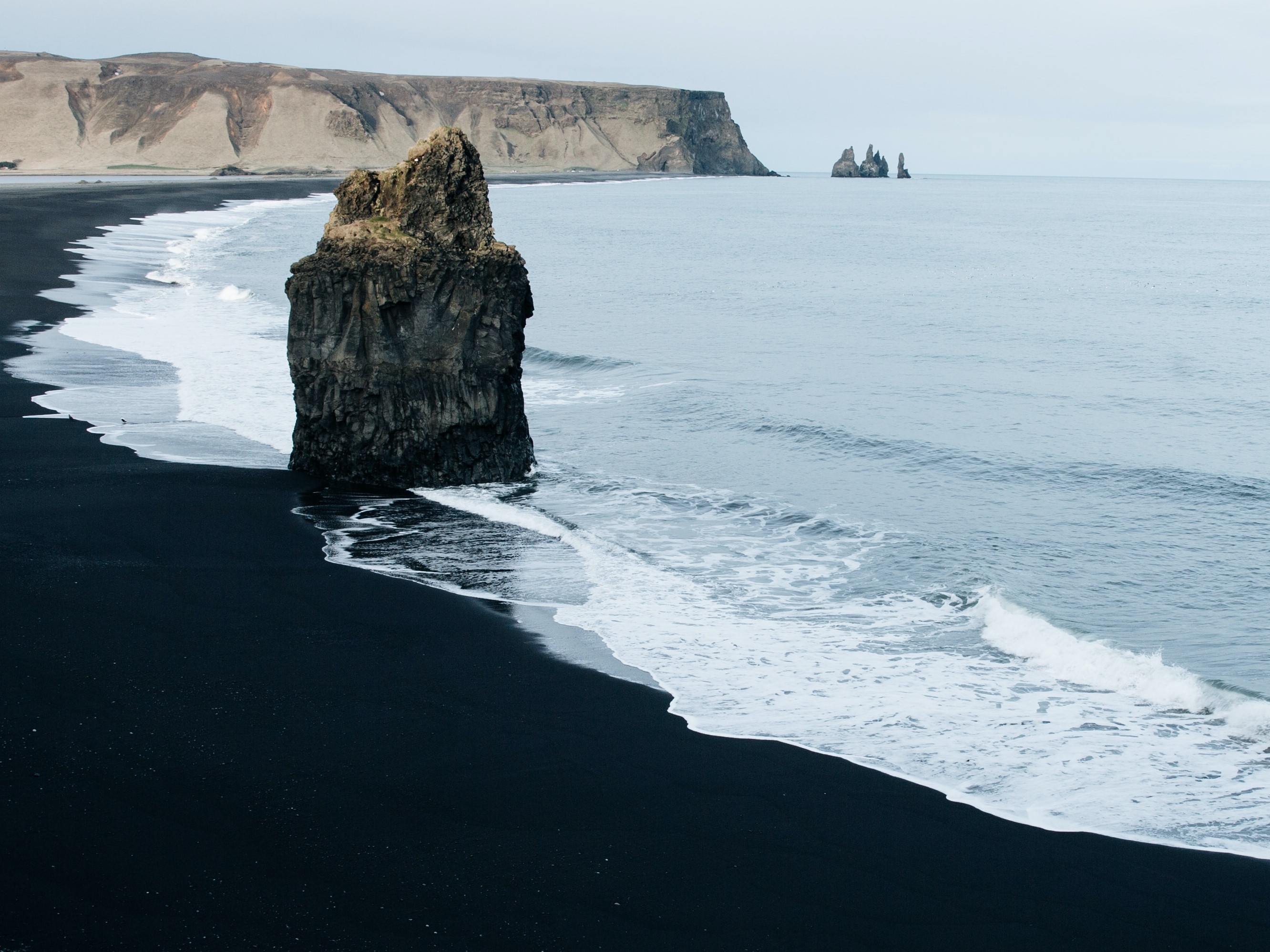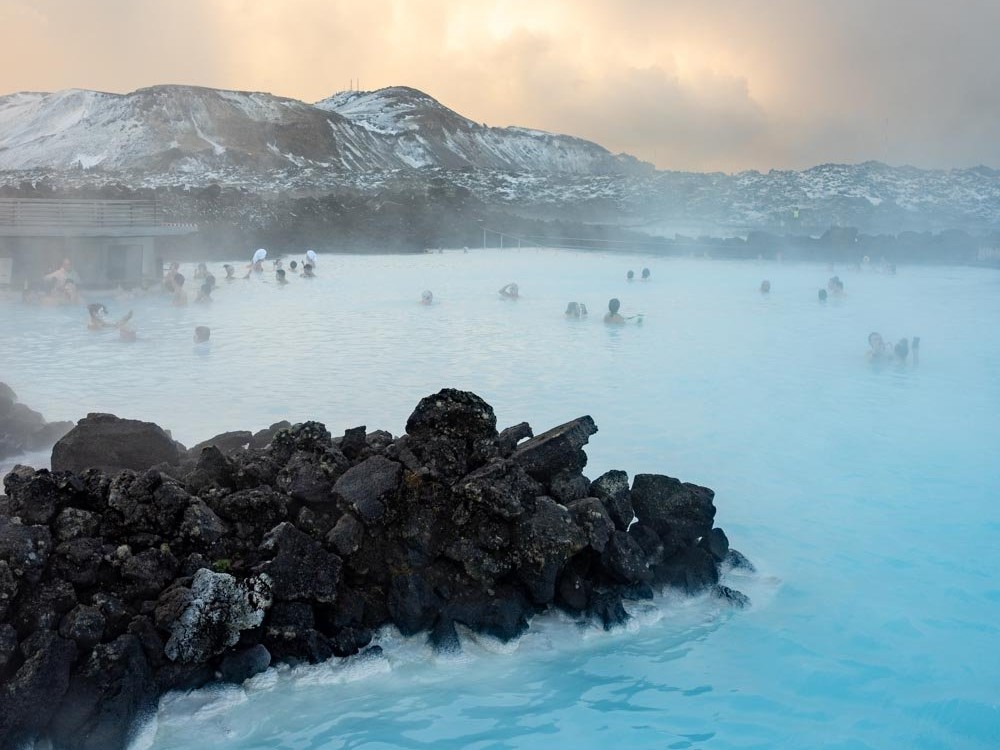

- Why Iceland? -
The Land of Fire and Ice
Iceland is without a doubt an incredibly unique landscape with completely unmatched rugged nature. On an island only 103,000 km² in size, there is a huge variety of volcanoes, glaciers, black sand beaches, waterfalls, craters and much more making it a nature lover's paradise. But, why is this land nicknamed the land of fire and ice? What is it that cultivated this element of Iceland's natural identity? And, how can you experience the origins of this name for yourself on a visit?
As Iceland sits on a constant source of friction with the movement of two major tectonic plates beneath our feet, volcanism is a major part of the landscape, hence the fire part of the nickname. This is very clearly visible on a visit to Þingvellir National Park where the canyons you can walk past represent the eastern ridge of the North American tectonic plate.
The ice part of the nickname comes from Iceland's 269 glaciers that cover roughly 11% of the whole country.
Iceland has another interesting feature that helped create this accurate nickname - frequently Iceland's glaciers sit on top of volcanoes (Mountaintop glaciers).
- What to do? -
An All-Season Destination

Northern Lights
The extreme dark of the Icelandic winter has a few perks. Between September and April, Iceland's skies are treated to a magnificent natural display of striking blue and green lights.

Black Sand Beach
The Reynisfjara Black Sand Beach is one of the island's iconic volcanic landscapes, where sparkling black sand slips away to the sea and basalt rock formations twist and turn.

Blue Lagoon
A wonder of the world tucked away in a jet-black lava field, where plumes of steam rise off its milky-blue waters as mountains tower on the horizon, giving it a supernatural feeling.